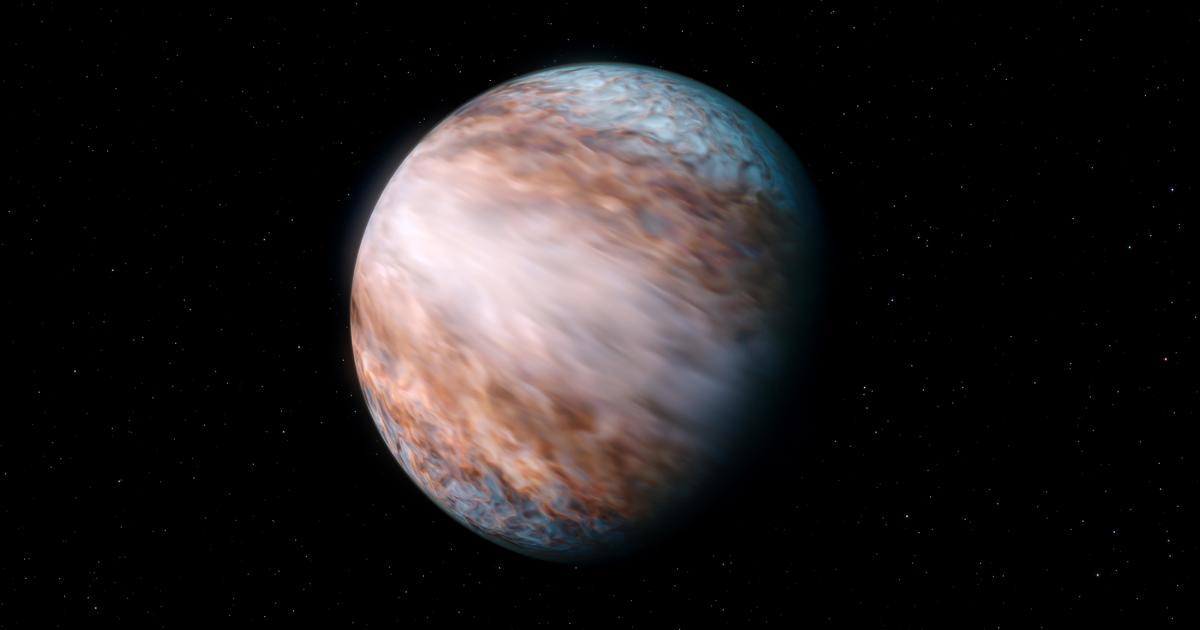
Superficial winds rage over the planet over 500 Lights
Astronomers have found supersonic winds on a giant gas planet, which is located more than 500 lights from the country.
Astronomers in the Astronomy & Astrophysics, who are studying the planet since 2016, said that the revelations show that this was “the fastest wind that has ever been in a risen stream around the planet.”
“This is something we have not seen before,” said Liza Nietman of the University of Gothingen University of Germany.
The team said they mapped the weather on the WASP-127B planet using Crires + tool – which consists of both spectrography, and adaptive optics system, A very large telescope of the South Southern Observatory.
Research has shown that Wasp-127b, which is slightly larger than Jupiter, has only a part of its array, the jet winds have moved almost six times from the rotating speed of the planet. For comparison, the fastest wind ever measured in the solar system has been found on Neptune, which has moved at only 0.5 km speeds per second, say scientists.
European Southern Observatory
The team mapped the amazingly complex weather system on the planet, following the speed of molecules. They noticed a double peak, showing that one side of the atmosphere moves to us, and the other leaves us at high speed. This shows that a powerful wind current around the planet.
Researchers have come to the conclusion that powerful streaming winds around the equator will explain this unexpected result and show that the planet has complex weather systems such as the country and other planets of our solar system.
“Understanding the dynasty of these exopleans helps us to identify mechanisms such as heat redistribution and chemical processes, improving our ideas of planets and shedding potential light on the origin of our solar system,” says David Cont. Germany and the co-author of the newspaper.
From the exposed exoplabes are just a couple of dozens directly depicted so faraccording to Nasa. Scientists hope that further research will show whether young planets have been formed in their current place or migrate to other place, and how can they interact?

